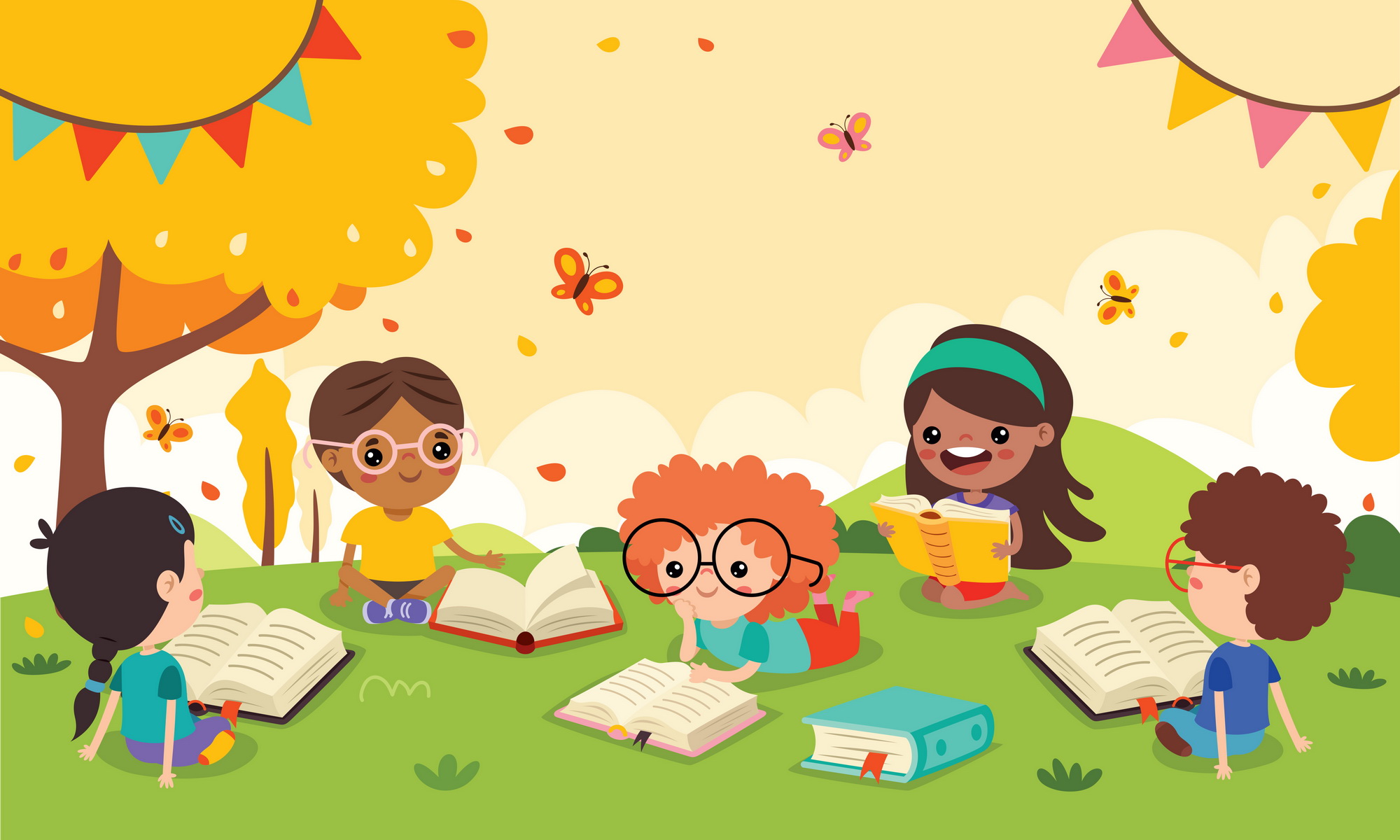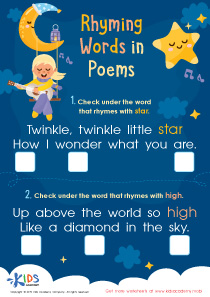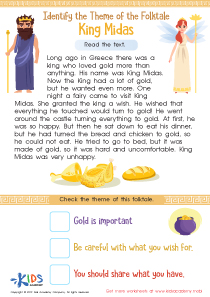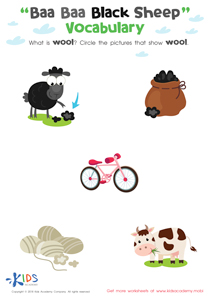Normal Reading Comprehension Worksheets for Ages 4-7 - Page 7
147 filtered results
-
From - To
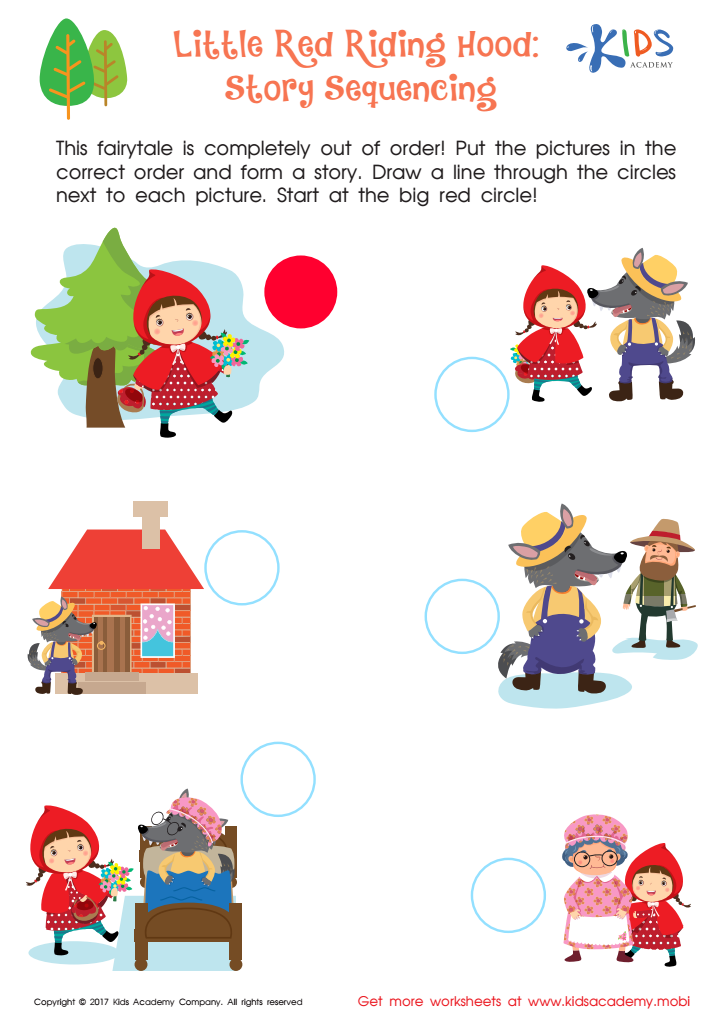

Story Sequencing Printable
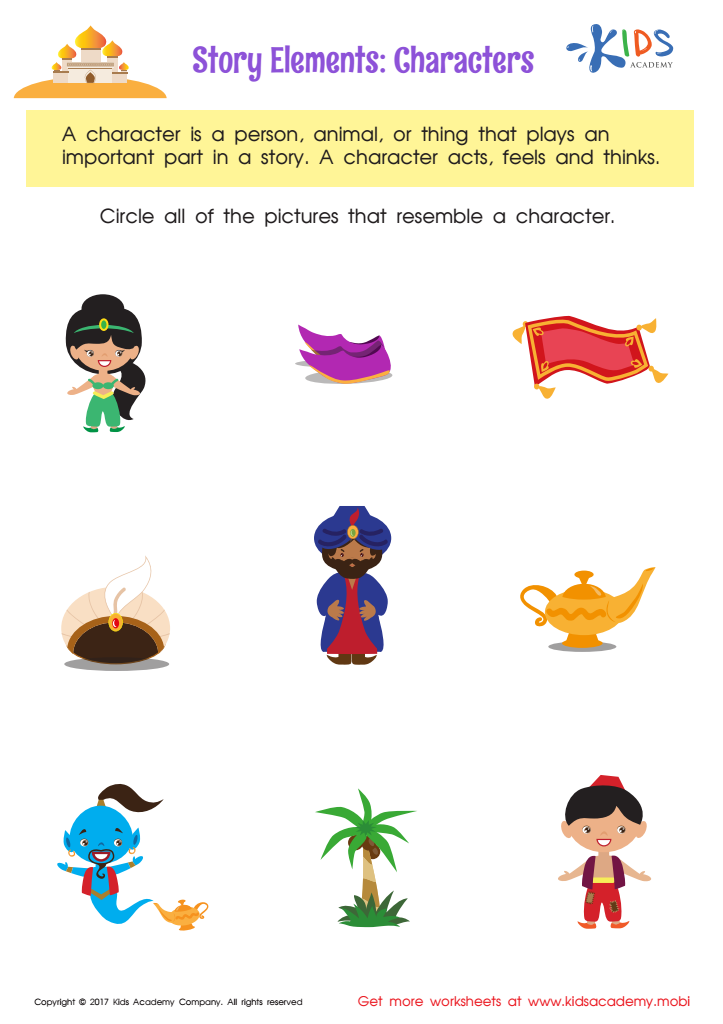

Story Elements Printable
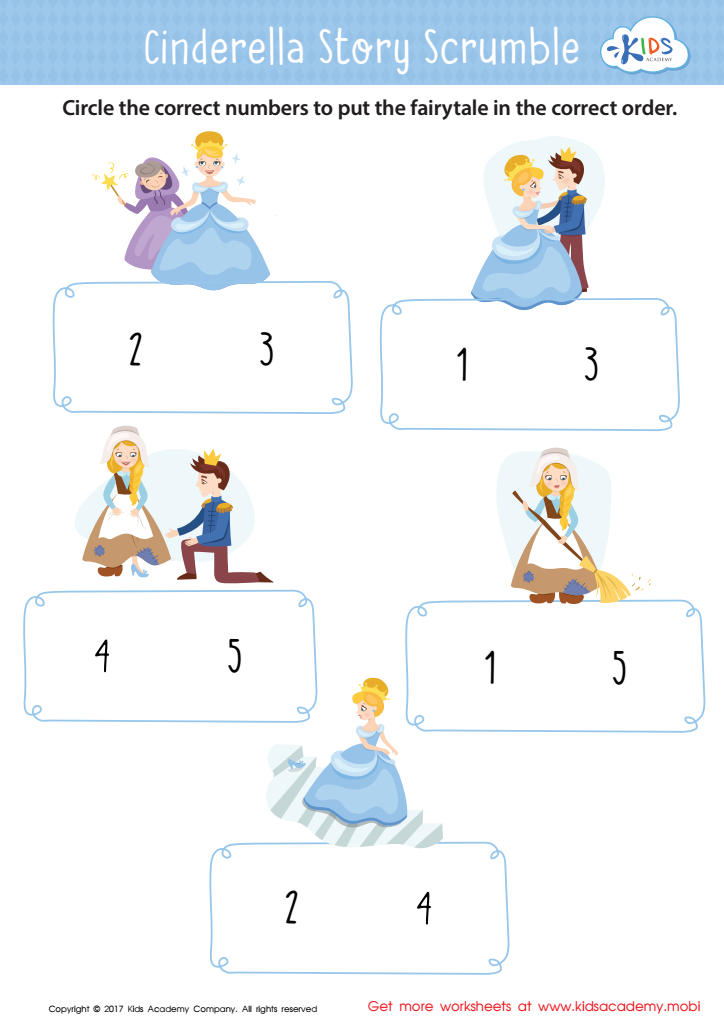

Cinderella Story Sequencing Worksheet
Normal reading comprehension for ages 4-7 is crucial because this skill is foundational for a child’s overall academic success and lifelong learning. At this critical stage, children transition from recognizing letters and sounding out words to constructing meaning from text. Parents and teachers should care deeply about this developmental milestone for several reasons.
Firstly, good reading comprehension skills facilitate learning across all subjects. Being able to understand the text enables children to grasp math problems, follow scientific instructions, and appreciate social studies narratives, forming a strong educational foundation.
Secondly, early reading comprehension can build confidence and foster a love for learning. When children understand what they read, they experience a sense of accomplishment and enjoyment, encouraging further reading and continuous skill improvement.
Moreover, early intervention is vital. Addressing comprehension challenges early allows for targeted support, preventing potential academic struggles later on. Skilled readers are more likely to excel in school, pursue higher education, and succeed in their careers.
Lastly, comprehension aids in emotional and social development. Stories introduce children to diverse perspectives, enhancing empathy and understanding of the world around them.
For all these reasons, focusing on normal reading comprehension at ages 4-7 sets children on a path for academic success and informed, empathic living.

 Assign to My Students
Assign to My Students






